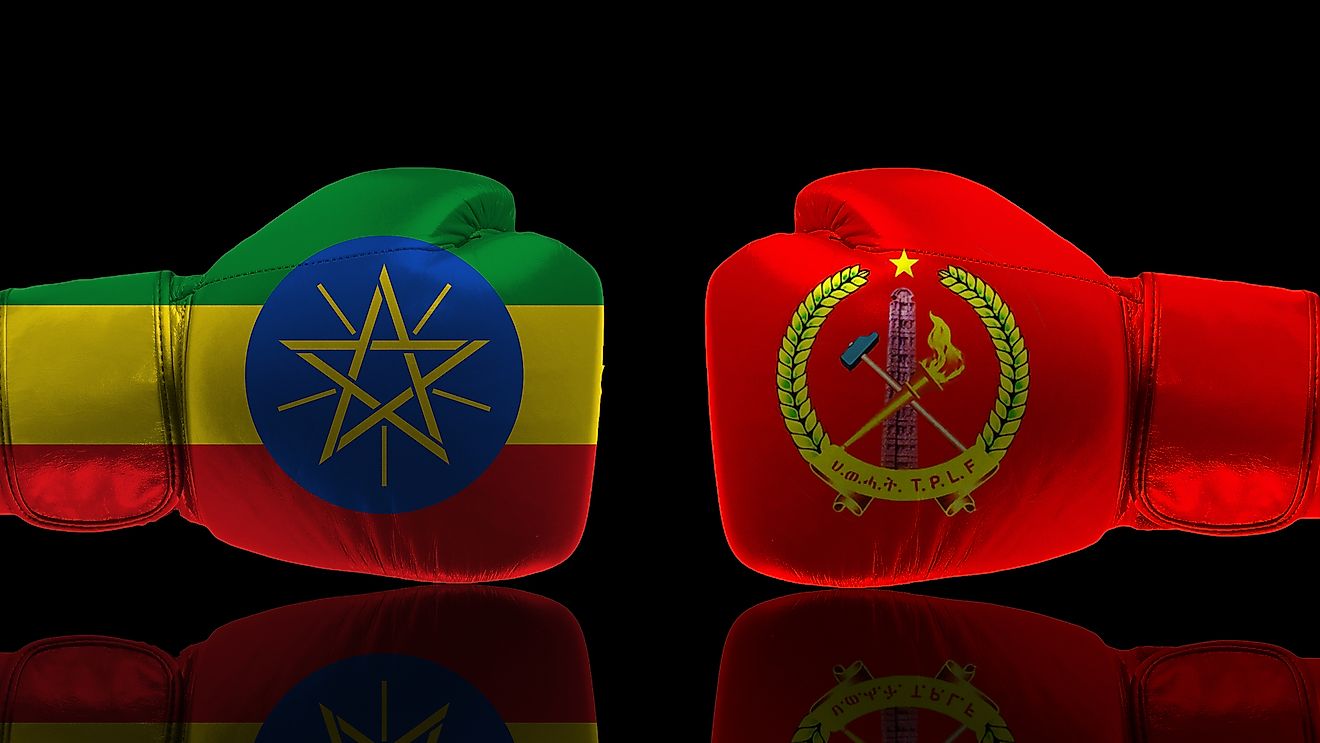The Presidents Of Cameroon

Cameroon is a decentralized unitary democratic state with the president as the head of state. Cameroon gained its independence in 1960 from France and Britain. The country has had two presidents since its independence.
The Presidents Of Cameroon
History of the Presidency
The first president of independent Cameroon was Ahmadou Ahidjo in 1960. The president in Cameroon represents the ultimate power in all spheres of civil governance. The president is elected on a seven-year term renewable for two terms, but the term limit was abolished by President Paul Biya as a limit to the choice of the people. Though Cameroon is a democracy, the president is immune to criticisms and prosecution for the decisions he takes while in office.
Duties of the President
The president is the head of state and the ultimate policymaker in Cameroon. The president is mandated by the Constitution to appoint and fire government officials including the prime minister, cabinet members, judges, governors, and parastatal heads, as well as other heads of state-owned corporations. The Cameroonian president is responsible for initiating any legal revisions of the constitution and other judicial law. The autonomy of the president in Cameroon is such that his decisions cannot be questioned and he has no obligation to seek an opinion from anyone- making decisions based on his views.
Ahmadou Ahidjo 1960-1982
Ahmadou was born in northern Cameroon in 1924. He served as a radio presenter during the French rule and became the first civil servant from the north to work in the southern part of Cameroon. He joined politics in 1946 after his election to the Cameroon territorial assembly where he served up to 1957. In 1957, he became the president of the legislature up to May of the same year. Ahidjo was elected president of the Cameroon Union after independence, a position which he held until his retirement in 1982. Ahijo unified the two distinct territories of Cameroon which later became a stable nation during his rule. He faced several threats and unrests from various radical groups which he managed to defeat by 1970. He instituted a single party state in 1976. Upon his resignation in 1982, Paul Biya succeeded him as the constitutional president. Ahidjo lived in exile in France and Senegal until his death from a heart attack in 1989.
Paul Biya 1982- to present
Biya is the second president of the Republic of Cameroon. He was born in 1933 in the southern part of Cameroon to Christian parents. He succeeded Ahidjo as president within three days of the latter’s resignation. During the following two years, they fell apart with a series of coups said to be initiated by Ahidjo. Paul Biya sentenced Ahidjo to death for attempted coups. Biya has been criticized for his dictatorial tendencies and has been ranked as the 19th worst dictator in the world. Under his rule, several constitutional amendments have been made. The most important one was the removal of term limits on presidency giving him an opportunity to run for the president for more terms. His election is criticized for lack of transparency and fraud as well as the unpopular appointment and sacking of officials through the radio.
Significance of the presidency
The Cameroonian president is the overall authority in the country with the unquestionable power to make decisions.
The Presidents Of Cameroon
| Presidents of Cameroon | Term in Office |
|---|---|
| Ahmadou Ahidjo | 1960-1982 |
| Paul Biya (Incumbent) | 1982-Present |











